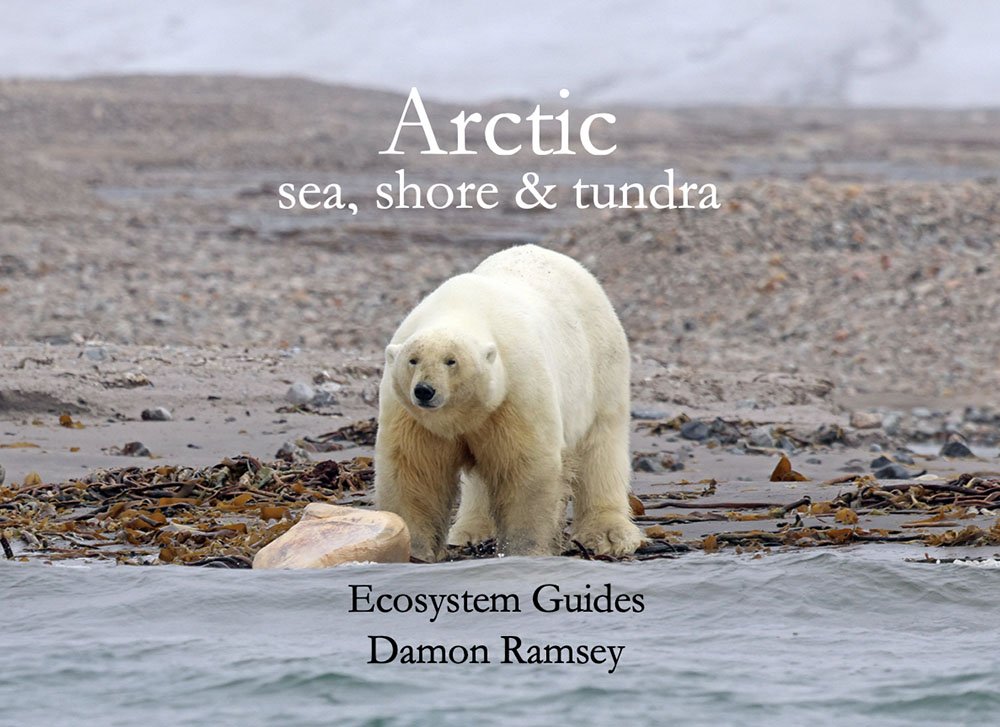ecosystem-guides.com
....exploring the planet's ecosystems
The Great Barrier Reef
Queensland, Australia
The largest area of coral reefs on the planet.
personal experience
I gained my first openwater SCUBA dive
certificate on the Great Barrier Reef in about 1988 (almost 30 years ago!). I then studied
marine biology as part of my degree, in Townsville and Cairns. Since
then, I have been lucky enough to work on the Great Barrier Reef, as an
escort with groups, and a guide and expedition leader/trip director/guest
lecturer/boat driver, on a day boat and several overnight 'expedition'
ships on the Great Barrier Reef in the last decade. This has allowed to
me explore a range of islands and reefs.
'the' reef
The Great Barrier Reef is the largest collection of reefs in the world. People often assume that because it is the 'biggest' reef, then it is the 'best'. But this is not so, because there is a large range in the types of sites, from near coast reefs that get murky when it rains (eg: the Frankland islands), to some of the best conditions on the planet, (eg: the ribbon reefs).
 It's not just any reef; it's the GREAT Barrier Reef!
It's not just any reef; it's the GREAT Barrier Reef!The islands also differ in quality and access to reefs. Many islands do not have direct access to good coral reefs. For example, Dunk Island requires that you get another boat from there to see good coral. However, there are some islands, where you can swim straight off the beach and over coral reef, such as Michaelmas Cay, and one of the best locations, Lizard Island
access
There are many places to explore and just as many ways to get there. The options range from day trips from the Queensland coast, to multi-day cruises, to staying on islands. One of the best ways to see the coral reefs is on board Coral Princess Cruises. These ships do 3 and 4 day trips along the coast north and south of Cairns. For coral reef viewing, their northern 'Lizard island' run is the best, as it visits the ribbon reefs.
For a guide book to the islands, shells, birds and critters of the coast of the Great Barrier Reef...


